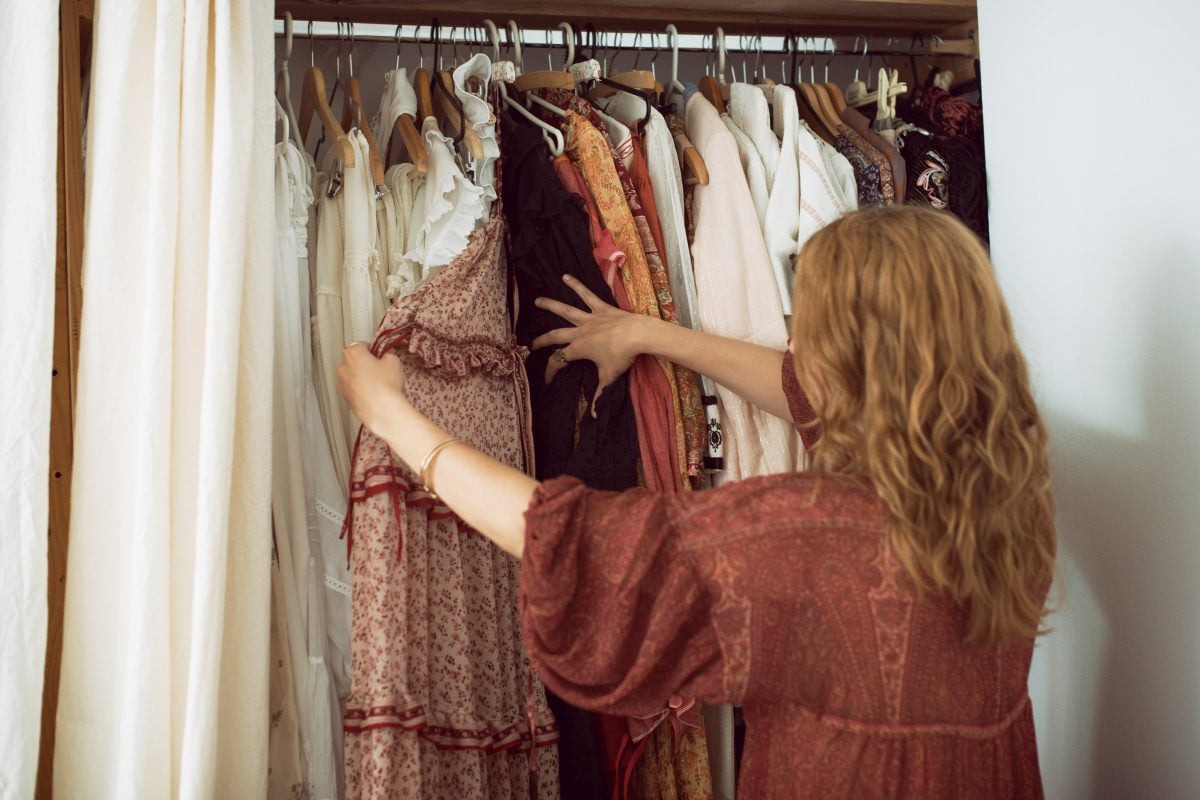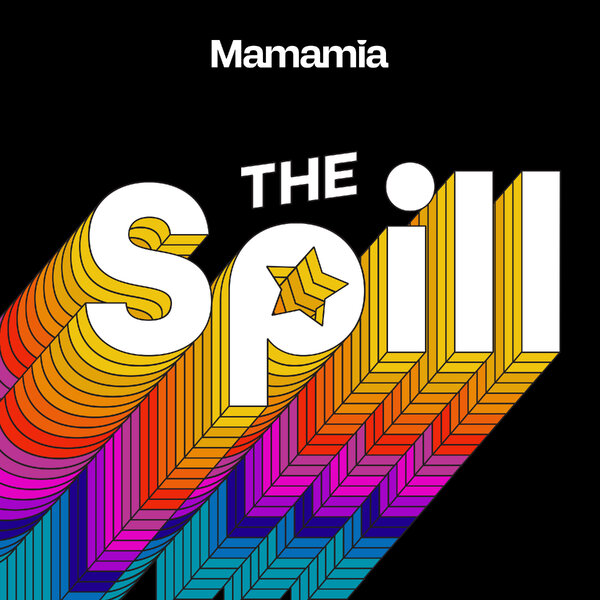
As a long time professor of “new year, new me!”, I curled-up on my couch yesterday to watch Tidying-Up With Marie Kondo on Netflix.
In this trending new series, bestselling author Kondo teaches ordinary people how to free themselves from unnecessary clutter and only keep the items that ‘spark joy’, using the KonMari method of tidying-up.
After three episodes, I couldn’t watch anymore.
It wasn’t that I didn’t enjoy the show – I loved it. I loved it so much that I needed to get-up and start “kondo-ing” my house right away.
Kondo says that the first step of the KonMari method is to declutter your wardrobe. I thought that this step would be easy for me, because I clean-out my wardrobe quite regularly, but I found some uneasy emotions arise when I noticed a particular section of my wardrobe – ‘my fat clothes’.
I want to preface the rest of this story by saying that I genuinely believe that all body shapes are beautiful. I call these clothes ‘my fat clothes’ due to my own complicated relationship with my body image and, from a pragmatic point of view, they were the clothes I wore when I was at my biggest. I would never call another person fat, but I’ve lost count of how many times I have slurred that loaded word at myself.






























































































